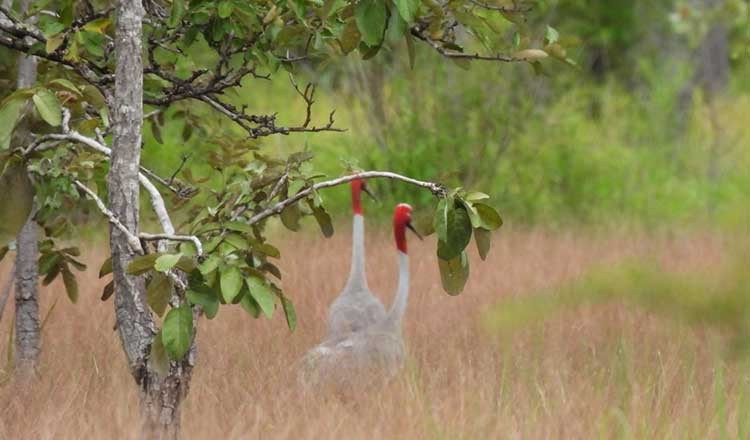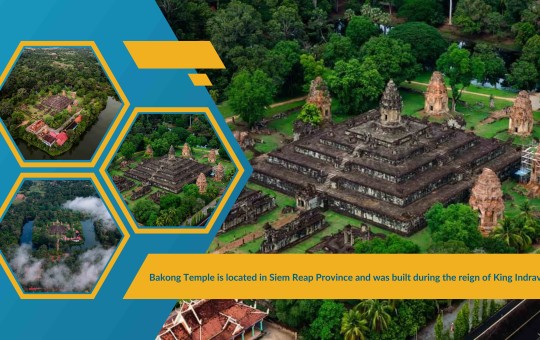
Lumphat sanctuary to generate carbon credit by 2024
Lumphat Wildlife Sanctuary – home to a variety of endangered animals and birds – is expected to generate carbon credits in 130,000 hectares of the sanctuary by 2024 and reduce carbon emission by at least 115,000 tonnes per year.
Bou Vorsak, executive director of NatureLife Cambodia, said Wednesday, “We hope that we can generate carbon credits in early or second half of 2024”.
The market value of the carbon credit ranges between $10 to $15 per tonne. The Lumphat Wildlife Sanctuary REDD+ Project has already registered with VERRA, a standard for certifying carbon emissions reductions, to implement the carbon credit programme.
REDD+ Project is an initiative designed to conserve biodiversity and create alternative livelihoods under the United Nations scheme of Reducing Emissions from Deforestation and forest Degradation.
“We are conducting a detailed study to evaluate the direct impact of forest stockpiling to know the exact amount. If the REDD+ Project of the sanctuary runs smoothly, we will be able to maintain the financial sustainability of the project for the benefit of the communities,” he added.
According to the Ministry of Environment, Cambodia has successfully generated carbon credits from the global voluntary carbon market with nearly $12 million from Keo Seima Wildlife Sanctuary, Tatai Wildlife Sanctuary, and Southern Cardamom National Park between 2016 and 2020.
The Lumphat Wildlife Sanctuary covers a total area of 250,000 hectares, of which 20% are in Mondulkiri province and 80% in Ratanakiri province.
The sanctuary shelters banteng, gaur, dholes, leopards. storks, sarus cranes, giant ibises, white-shouldered ibises, and slender-billed and white-rumped vultures. In addition, a number of rare birds are also present there.




